サンクトペテルブルクを作った男ピョートル大帝―ロシア版明治維新を断行した規格外の皇帝に迫る
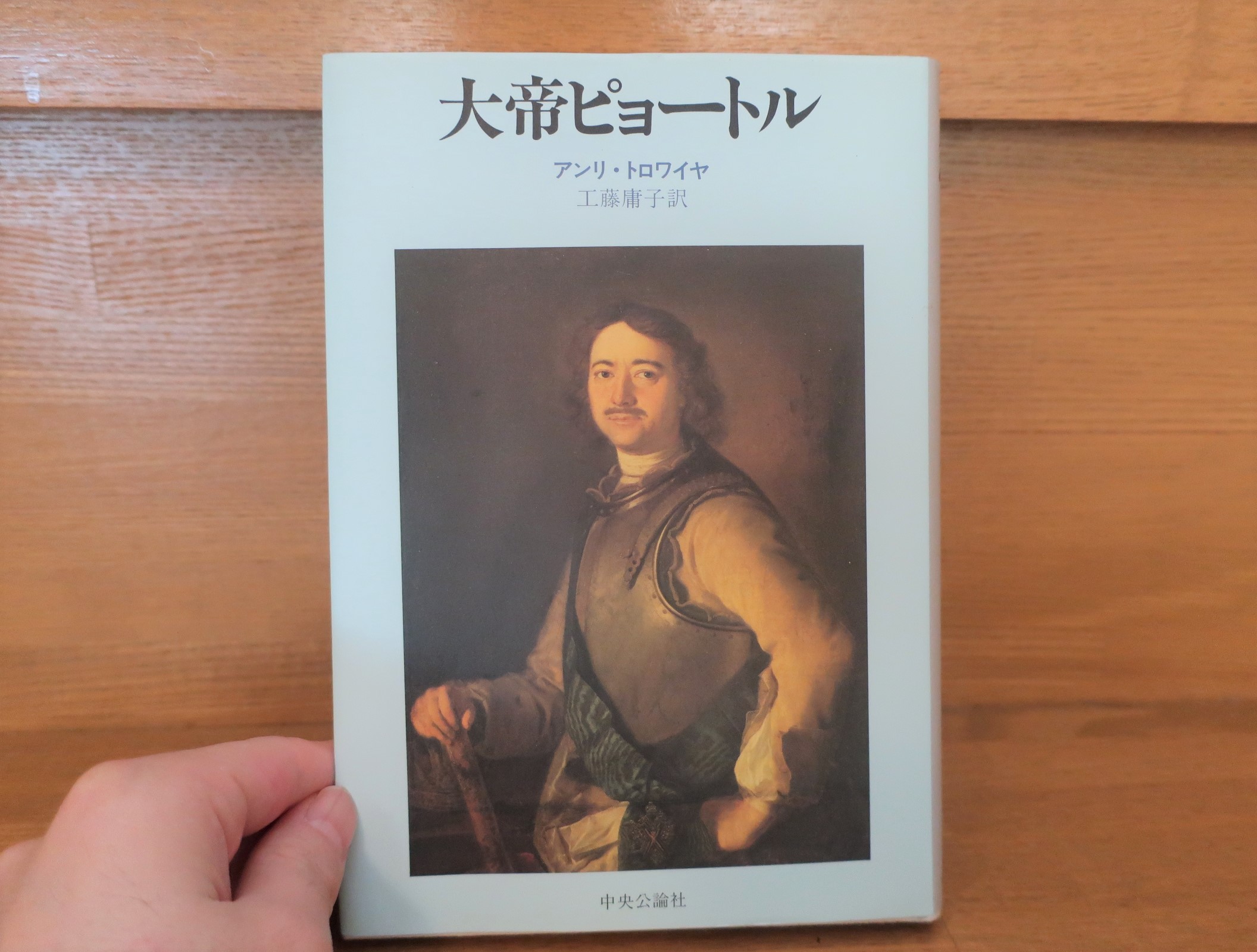
ロシアの西欧化を実現!18世紀ロシアの巨人・大帝ピョートル
今回の記事では「謎の国ロシアの歴史を年表を用いてざっくり解説!」の記事でもお話ししましたピョートル大帝についてお話ししていきます。
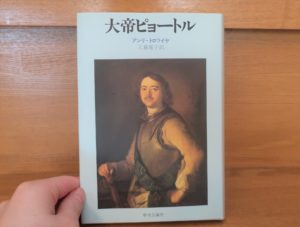
まず今回もアンリ・トロワイヤの『ピョートル大帝』の訳者あとがきにピョートル大帝がいかなる人物かを簡潔にまとめた箇所がありましたのでそちらを見ていきましょう。
ところで「近代ロシアの父」とも「玉座の革命家」とも呼ばれるピョートル一世は、本当に英明な専制君主だったのか。いや、あえていうなら、英明な専制君主にすぎなかったのか。じつは、ピョートルは、―
戦場においては、ときには怯儒、ときには向こう見ず、一国の将としてではなく、一介の兵士として戦いに参加するのがつねであり、
誠実な正教徒を自認する一方で、ブリキの小道具、道化の法王を中心に、貴族から家畜まで動員して盛大な瀆聖の儀式をとりおこない、
自分の出生に疑いをいだきながら、終世、生みの母を敬愛し、
正妻を修道院に幽閉したのちに、リヴォニアの洗濯女を生涯の伴侶にえらび、
成人した唯ひとりの息子を、拷問にかけたあげく、みずからの手で殺めてしまったといわれている。
歴史の教科書で紹介されるピョートルが、公人として偉大であるのとちょうど反比例して、彼の私生活は暗く、その行動は矛盾にみち、拷問、処刑、死体の解剖が好きでたまらぬ彼の感性は、ときに病的ですらある。
あの近代的外観を誇るぺテルブルグにしても、当時の民衆にとっては、建設の犠牲者の白骨のうえに建てられたアンチクリストの都だったというではないか。じっさいに、泥と水と疫病に悩まされる町が、住みにくかったというだけではない。のちに、プーシキンやドストエフスキーが描き出したところを見れば、悪霊の気配ただよう幻想的なあの町は、建設者ピョートルの内なるカオスを、都市のスケールで体現したものではないかとさえ思われるのである。
おそらくピョートルは、名君でもあり、同時に暴君でもあったのだろう。だがその上に、彼は生粋のロシア人だった。ロシアの民衆のように、陽気で、勤勉で、素朴な一面をもっていた。
船大工から花火師まで、十四の職人仕事をマスターし、あくことなき好奇心で、臣下の虫歯の治療にまで熱中し、丸太小屋に住んで宝冠な嫌い、底なしの大酒飲みでつねに健康だった。
アンリ・トロワイヤ『ピョートル大帝』工藤庸子訳 中央公論社P319-320
この解説を読んで頂ければわかるように、なかなかにこのピョートル大帝も規格外な人間です。
早速、年表も用いて彼の生涯もざっくり見ていきましょう。
ピョートル大帝の治世
今回もまずは年表を用いてざっくりとその治世を確認していきましょう。
1672 ピョートル1世誕生
1682 義兄イヴァン五世とピョートル1世が共同皇帝になる。イヴァン5世の姉ソフィアによる摂政政治
1694 ピョートル1世(大帝)、親政(単独政治)開始
1697 西欧への大使節団派遣
1700 スウェーデンとの大北方戦争の開始
1703 サンクトペテルブルクの建設開始
1712 モスクワからサンクトペテルブルクに遷都
1718 跡継ぎ息子アレクセイを拷問、その後死去
1721 ピョートルに「皇帝」「大帝」「祖国の父」の称号が与えられ、ロシア帝国が成立。
1725 ピョートル死去。妻のエカテリーナ1世が皇帝即位
『興亡の世界史 第14巻 ロシア・ロマノフ王朝の大地』を参考
ピョートルは1672年に生まれましたが彼の母は皇帝の2人目の妻でした。
父である皇帝は先妻との間にすでにイヴァン、ソフィアという子どもたちがいました。
年表にあります「1682年 義兄イヴァン五世とピョートル1世が共同皇帝になる。イヴァン5世の姉ソフィアによる摂政政治」という事態はこの先妻後妻の子どもたちの継承問題が絡んでの措置でした。
後妻の子であるピョートルは当然継承順位は下です。
しかし義兄のイヴァンは先天的に知的障害を抱え、虚弱な身体でありました。
そのためピョートルもイヴァンと並んで皇帝にという流れになったのですが実際は完全に蚊帳の外。
イヴァン5世の姉ソフィアによる摂政政治が行われていました。
そんなピョートルは政治の中心から離れ、気ままな生活を送っていました。
当時モスクワは西欧諸国から比べると明らかに「遅れている国」でした。
ですが、ロシアは遅れていようが自分たちの文化に強固な誇りを持っていて、外国文化に染まろうとはしませんでした。
そんなロシアにあって彼が好んで付き合っていたのはモスクワ近郊にあったドイツ村の人々でした。
ここはロシア居住を許されたドイツ人が住んでいて、ヨーロッパ風の文化が香る、ロシアにあってロシアではない独特な雰囲気がありました。日本で言う長崎の出島ですね。
旧態依然したロシア文化に辟易していたピョートルはこの進んだ西欧文化に魅了されます。
彼は並外れた好奇心の持ち主でした。後の彼がロシアの西欧化を断固とした決意で進めたのもこの時の西欧文化との出会いが大きかったのではないかと思われます。
そして1694年、ついにイヴァン5世と義姉ソフィアを追い落とし、ピョートルが単独で皇帝としての権力を握ることになります。
彼がまず着手したのがロシアのヨーロッパ化です。
1697年、彼は大使節団を率いてヨーロッパに渡ります。
普通の君主なら家臣たちを送り込むだけで自分は国でそのまま政治を行うでしょうが、ピョートル大帝は一味も二味も違います。
なんと、彼はただ使節団に同行しただけではなく、自らの名前を偽り、ひとりの技術者として実際に進んだ技術を学んだというのだから驚きです。
身長が2m以上もあったと言われているピョートルですから正直かなり目立ちます。しかも彼がロシア皇帝であることはばればれだったそうです。
それでもピョートルは我関せず。彼は自らの身体でヨーロッパ文明を吸収するのでありました。
これが先ほど紹介したあとがきで言う「大工から花火師まで、十四の職人仕事をマスターし、あくことなき好奇心で、臣下の虫歯の治療にまで熱中し」という部分につながるのです。
最後の「虫歯の治療にまで熱中し」というのは、当時ロシアでは虫歯の治療法がまだなく、ピョートルがヨーロッパから持ち帰った治療法、つまり虫歯は片っ端から抜いていくという豪快な方法を臣下に無理くり強制していたそうです。恐ろしや・・・
さて、何はともあれピョートルはヨーロッパで進んだ文明を目の当たりにし、いよいよロシアの近代化に着手しようとします。
それが1702年からのサンクトペテルブルク造営にあたります。
ピョートル大帝によるサンクトペテルブルク造営
ロシアには当時、港がありませんでした。北方は極寒で1年の内大部分が氷に閉ざされてしまうので港の役目を果たしません。
バルト海沿岸もスウェーデンやポーランドに押さえられていたので使用不可です。
つまり、海上貿易をしたくてもまったくその手立てがない状態だったのです。
ヨーロッパの進んだ技術を取り入れたいピョートル大帝にとって、港を得ることは何よりの悲願でした。
そのピョートル大帝が1700年からのスウェーデンとの戦争でなんとか獲得したのがネヴァ川河口付近の沼沢地でした。
彼はここに要塞を築き、新しい街の建設に入ります。
しかしここはじめじめした極寒の湿地で、毎年のように洪水被害に襲われる最悪の土地でした。誰しもがここに街を作るなど狂気の沙汰だと大帝を諫めますが、彼は全く聞く耳を持ちません。
ピョートル大帝は全精力を結集し、9年をかけてサンクトペテルブルクの街を作り上げました。ですがこの最悪の土地の環境は過酷で、この街を作るために大量の農奴が動員され10万人以上の死者が出たと言われています。街の建設のためにそれだけの人が死ぬというのはあまりにスケールが違いすぎます・・・
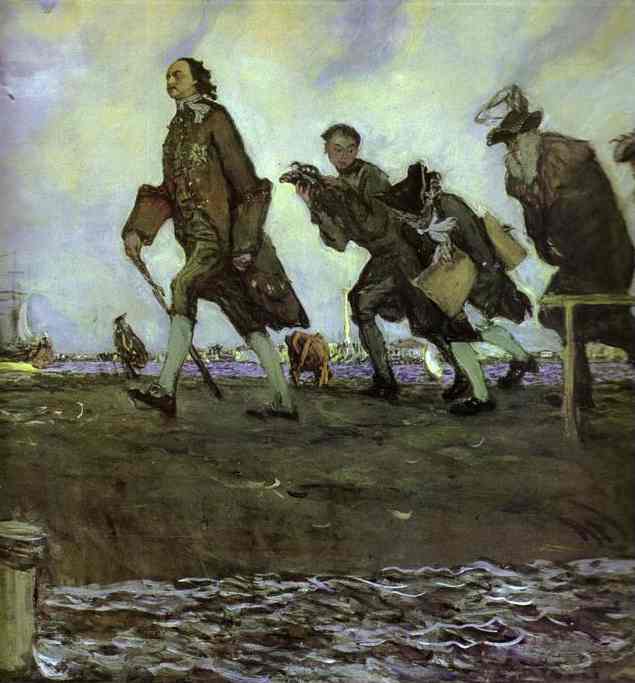
そのようなピョートルの圧倒的な指揮権の下、1712年モスクワからサンクトペテルブルクの遷都が行われ、ロシアの西欧化が決定的に進んでいくことになるのです。
アンリ・トロワイヤの伝記ではこのサンクトペテルブルク造営について次のように描写しています。
「ネヴァ」とは、泥を意味するフィンランド語である。ここではすべてが、ねばっこく、手応えがなく、不健康だ。しかしピョートルは、ここを「天国」と呼ぶ。
西風が吹いて、ネヴァ河の流れが巻き返されると、沿岸の低地の家は水浸しになるのだが、彼はそんなことは気にしない。
厳しい冬が六カ月ものあいだ船を氷に閉じこめてしまうのだが、それもかまわないのだ。そして春になると、雪どけで道路は寸断され、この集落は完全に孤立する、しかしそれもどうでもよいことだ。
ぺテルブルグを建設するとは、自然に挑むことである。同時にそれは、ロシアの過去に対する挑戦である。ぺテルブルグは、反モスクワとなるだろう。大陸的な気候、幾世代にわたる伝統、その土地にしみついた迷信、宮廷内の陰謀、東洋的で時代遅れでありながら反抗的な精神、そうしたものがまつわりついたいにしえからの都を、ピョートルは心底嫌いだった。
彼にとって、モスクワとは、皇女ソフィアと銃兵部隊、そして彼らの血腥い叛乱の想い出にほかならない。祖国を未来に向け歩ませようと望むなら、海に向けて、ヨーロッパに向けて「窓を開く」ことが必要だ。
もともとは取るに足らぬ集落が、杜撰な計画で強引に発展させられたものではあるけれども、このぺテルブルグが、将来ロシアの地図に、ただの城塞都市として書き加えられることはないだろう。それは、祖先からの遺産を拒絶するツァーリの、進取の気象を体現する都市になるだろう。この都市は、彼の名を末代に伝え、彼の治世を象徴するだろう。首都を移そうとまでは考えぬながら、彼は漠然と、そんな予感を抱いていた。
アンリ・トロワイヤ『ピョートル大帝』工藤庸子訳 中央公論社P319-320
※一部改行しました
はじめは首都建設とまでは考えてはいませんでしたが、古都モスクワと決別し、西欧化を実現し新たなロシアを作るという彼の意気込みが感じられます。
そして1712年、サンクトペテルブルクは完成し、遷都することになるのです。
過去との決別や政治勢力からの脱却は日本における平城京から平安京を思わせるものがあります。
また、実はこのことは昨年私が世界一周の旅で訪れたローマとイスタンブールとの歴史でも行われていました。
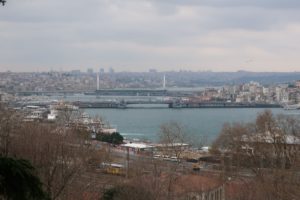
歴史は形を変えながら繰り返すことを感じさせます。
不仲の跡継ぎ息子アレクセイを拷問し、殺害したピョートル大帝
1718年、ピョートル大帝は自らの後継者アレクセイを死に追い込みます。
一体彼ら親子の間に何が起きていたのでしょうか。
アレクセイはピョートルの最初の結婚で生まれた子である。8歳のときに母親が修道院に追いやられ、以後、母を奪われた子と父の間には深い溝ができたと考えられる。父と子は性格的にも相当に異なっていた。子は内省的で、父とは対照的であった。少なくとも子は父の期待したようには育たなかった。
栗生沢猛夫『図説ロシアの歴史』河出書房新社P67
ピョートルの最初の妻はエヴドキヤといい、政略結婚で結ばれた女性でした。彼女は敬虔なロシア正教徒で旧き良きモスクワをひたすら恋い慕う女性で、ロシア嫌いのピョートルとは馬が合いません。
やがてピョートルはそんな彼女を修道院に押し込み、自らは愛人を作ったり、秘密結婚をするようになりました。
アレクセイはそんな旧き良きモスクワを慕う母の影響か、ピョートルとは真逆の人間へと育つのです。
アンリ・トロワイヤの伝記では次のように記されています。
その本性からしてアレクセイは、ピョートルの陰画のような人間である。すべてにおいて、彼は父の正反対なのだ。彼の血管を流れているのは、弱々しく信心深いエヴドキヤの血であって、自分のイメージ通りの男に彼を仕立てようという専制君主の血ではない。ピョートルはへラクレスのごとき力を誇りにしているが、アレクセイは、ときには幻覚におそわれるようなひ弱な青年だ。
父は戦争を好み、息子はこれを嫌悪する。父が教会の権威にいどむ一方で、息子は僧侶と交ることだけに平安を見出している。父が科学的書物な読みあされば、息子は聖書を耽読する。ロシアを永年の夢から目覚めさせることを父が夢見れば、いにしえからのモスクワの風習を息子は盲信する。父は前進するためにあらゆる犠牲を払い、息子は執拗に過去をふりかえる。
アンリ・トロワイヤ『ピョートル大帝』工藤庸子訳 中央公論社P180
※一部改行しました
西欧派のピョートルに対しアレクセイはカチカチのモスクワ派で非好戦的な人物でありました。
そのため強引な改革を進めるピョートルに反感を持つ貴族たちが徐々にアレクセイに接近していきます。
アレクセイにその気はなくとも、懐疑心の鬼たるピョートルにはそれがあまりに脅威に感じられるのでありました。
身の危険を感じたアレクセイはウィーンに去り、亡命します。
しかし怒り心頭のピョートルは意地でも亡命は許しません。「絶対に連れて帰ってこい!」と腹心の部下トルストイに命令します。
優秀な人物として知られるさすがのトルストイでも外国で匿われたアレクセイを見つけ出し連れ帰るのは至難の業だろうと思われましたがなんと!彼は見事な手腕で隠匿されていたアレクセイを追跡し、巧みな交渉術によってアレクセイを確保。ロシアへ送り返します。ピョートル帝は大喜びです。
驚くべきことに、この難事をやってのけた才人トルストイこそあの偉大なる文豪レフ・トルストイのご先祖様に当たるのです。
この活躍がきっかけでトルストイ家はさらなら繁栄を手にし、ロシア随一の大貴族へとのし上がっていくのです。
トルストイ家がいかに由緒正しき大貴族であるかがうかがわれるエピソードです。
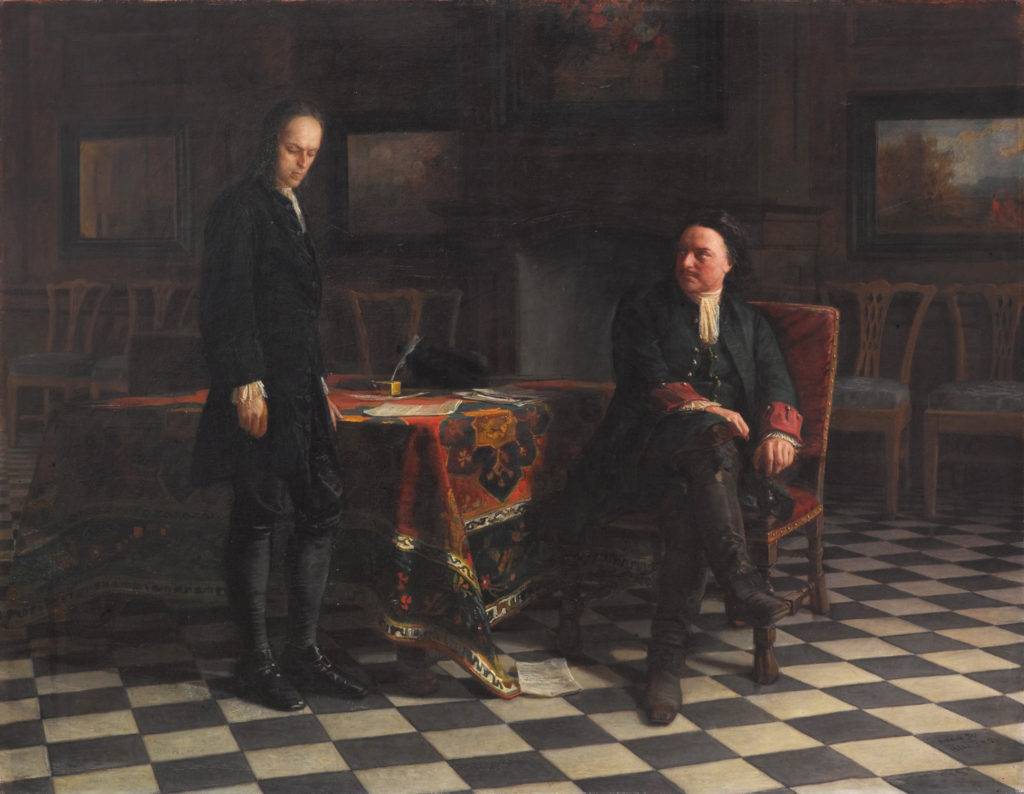
上の絵はピョートル大帝が息子アレクセイを詰問する有名な絵画です。
ロシアに帰還したアレクセイですがピョートルの怒りは収まらず、彼は拷問の末、命を落とすことになってしまいました。
前の記事「ロシアの謎に迫る鍵!暴君!?名君!?イヴァン雷帝の混沌たる精神」で紹介したイヴァン雷帝も自らの息子を自分の手で殺めています。
イヴァン雷帝の歴史を知っているピョートルは息子を殺してしまったことをどう思っていたのでしょうか。
そして息子の死の7年後の1725年彼も命を終えていくことになるのです。
ピョートルの死
実の息子を殺したピョートル帝でありましたが、彼は昔から暴君気質で確固たる自我を持ちつつも極端から極端へと揺れ動く不安定さを持っていました。これは前回の記事で紹介したイヴァン雷帝ともそっくりです。
彼は晩年になるまで乱痴気騒ぎや拷問や処刑など、極端な生活を繰り返し続けます。
そんな彼もついに無理がたたったのか、身体が急に衰え始め病気を抱えることになります。
そして1724年11月末、彼の身に決定的な出来事が待ち受けていたのです。
彼は真冬だというのに街の外の運河の施設を視察しに行っていました。
ペテルブルグ近郊の村落ラーフタにさしかかったところで、彼は川岸近くの砂州に乗りあげた船を見つけた。甲板では、クロンシタットから帰る一団の兵士が、右往左往している。ツァーリは、ためらうことなく、氷のような水に入り、救出作業に参加する。大声で人々に命令し、みずからも奮闘する。胸まで水につかりながら、彼はまだ自分に超人的な力が残されているのを感じて、誇りに思う。
国家という大義名分のためには、千人単位で人命を犠牲にすることも厭わなかった彼が、何人かの哀れな兵隊を救うために、命の危険を冒そうというのである。全員が無事地上に降り立つと、ツァーリは得意そうに顔を輝かせる。五十三歳の彼は、二十歳のときと同じようにふるまったのだ。しかしこの大冒険で、彼は決定的に健康をそこねた。ぺテルブルグに帰った彼は、高い熱を出していた。だが例によって、彼は体の不調を軽蔑してかかる。カンプルドンによれば「彼は毎日、楽士やら何やら二百人のお供を連れて、主な家を訪問して歩いた。一行は主人側の迷惑も考えず、歌ったり、飲んだり食べたりの乱痴気騒ぎをやった」
※一部改行しました
アンリ・トロワイヤ『ピョートル大帝』工藤庸子訳 中央公論社P298-299
これまで恐怖政治で数千人もの犠牲者を出し、サンクトペテルブルク造営では10万人以上もの労働者を死に至らしめ、数年前には実の息子すら拷問の末に死に追いやったピョートル大帝。
そのピョートル大帝が数人の兵士のために極寒の河の中に自ら飛び込み、彼らの救出に命をかけた。
あまりに奇怪。あまりに不可思議。
ピョートルはなぜこんな行動を取ったのでしょう。打算でしょうか。それとも身体が勝手に動いたのでしょうか。打算にしては自らの犠牲に対して効果が薄すぎます。
あれだけ残虐な暴君として猛威を振るった大帝が、たった数人のために命を投げ出す。
極端から極端へ。まさに「ロシア的な」深淵がそこにあるのかもしれません。
ですがこの救出劇が彼の命をいよいよ奪うことになるのです。
一七二五年一月二十日から二十一日の夜にかけて、ピョートルは、激しい尿閉の症状を訴える。イタリア人の医師ラザロッティの勧めにより、穿刺法が試みられることになり、一七二五年一月二十三日、イギリスの外科医ホルンが執刀して、手術がおこなわれた。「二キロ近くの尿が取り出されたが、それは、肉塊や腐敗した臓物のようなものが浮いて、ぞっとするような悪臭を放っていた」とカンプルドンは書く。
一息ついたツァーリは、麦粥をほんの少し口にする。そして告解をすませ、聖体を拝領した。これが三日に三度繰返された。「わたしは信じ、希望をもつ」と彼はつぶやいた。臨終の彼は、ロシア正教会の敬虔なる信徒として死ぬことを願っていた。以前に僧呂を侮辱したことを帳消しにしたいと願っていたのかもしれない。やがてまた苦痛が襲ってきた。膀胱の出口に腫瘍のあることは、医師たちの判断でも確実と思われた。痛みに堪えながら、ピョートルはかすかにうめいている。「まったく辛くてかなわない。腹のうえに家をのっけているようだ」
アンリ・トロワイヤ『ピョートル大帝』工藤庸子訳 中央公論社P299
※一部改行しました
結局その後も彼の苦痛は収まることなく回復の望みも潰え、1月28日、ついにピョートルは臨終を迎えました。
ロシアの西欧化を成し遂げ、サンクトペテルブルクを造営した偉大なるツァーリ、ピョートル大帝の生涯はこうして幕を閉じたのです。
おわりに~ピョートルの死後と彼への評価
イヴァン雷帝と並んで絶対的ツァーリとしてロシアに君臨したピョートル大帝。
彼の生涯もイヴァン雷帝と同じく規格外のものでした。
圧倒的カリスマ、圧倒的指導力でロシアを強力に引っ張り、ロシアが確固たる強国へと至る道筋を築いたのでありました。
彼の死後またもやロシアは混乱を迎えます。アンリ・トロワイヤはピョートル亡き後のロシアと、彼を惜しむ人々について次のように述べています。
メーンシコフが意のままに操っているこの軟弱で無秩序な世の中で、ある人々は、早くも、先帝の断固たる政治を懐しむようになった。時が経つにつれ、ピョートルが国民に負わせた傷は口をふさぎ、一方、彼の政治の基本方針だけが、永遠の輝きをおびた。人々は、彼の罪を忘れ、その偉業を想い出した。生前の彼に敵対しつづけた人々までが、彼の死によってもたらされた損失の大きさに驚いた。
「玉座の彼が人々に恐れられたのとちょうど同じくらい、墓のなかの彼は人々に惜しまれた」とカンプルドンは言っている。さらに「この偉大な君主は、奇跡をなし遂げた。臣下の内面はほとんど変わらなかったとしても、外見上の変化は、じつに著しいものがあり、もし三十年前にロシアを見た者が、今日ここでおこなわれていることを眼にすれば、あの勇敢で明敏で勤勉な君主あってこそ、これほど調和がとれて全面的な変革がなしとげられたのだということを、きっと納得するにちがいない」
じっさいには、ピョートルは、野蛮なほどの頑固さで、ロシアの国の栄光のために、ロシアの民の幸福を犠牲にしたのである。祖国を変貌させながら、彼は、ヨーロッパに追いつき、追い越したいと願っていた。彼が手本にえらんだのは、洗練されて反抗的なカトリックの国フランスではなく、活動的で質実剛健なプロテスタントのいるドイツの国々だった。しかもドイツ贔屓である彼が、その本質ではまったくロシア的だった。このことは、彼の死後まもなく、当時の人々に理解されたはずだった。
人々は、三十年のあいだ、超人的な知性と体力にめぐまれ、長所短所のどちらも桁はずれな、常軋な逸した人物に支配されてきたような印象をもった。文明に飢えた野蛮人、怒りのあまり人を殺めることもある陽気な仲間、仕事の好きな道楽者、人民を支配することに熱心な軍人の長、棍棒もペンも持てる首斬役人、凱旋門を建てさせながら、いざとなると自分まで冗談の種にしてしまう君主、漬聖の儀式をあれこれと工夫する誠実な正教会信徒……、彼は、自分のなかにありとあらゆる矛盾を抱きこみながら、いつも変らぬ無頓着さで、すべての過激さに身をゆだねたのだった。
この原始的本能が煮えたぎる巨人を、通常の道徳規準で判断できるだろうか。竜巻のごとくロシアに襲いかかるのでなければ、この国を永年の無気力から引きずり出すことなどできただろうか。賢明な人々は、自問しはじめる、彼の居ないロシアは、またしても混沌たる状態に戻るのではあるまいか、と。
アンリ・トロワイヤ『ピョートル大帝』工藤庸子訳 中央公論社P307-308
※一部改行しました
規格外の男ピョートル大帝亡き後、これまたイヴァン雷帝と全く同じような評価がロシア国民から彼に与えられることになったのでした。
特に最後の「この原始的本能が煮えたぎる巨人を、通常の道徳規準で判断できるだろうか。竜巻のごとくロシアに襲いかかるのでなければ、この国を永年の無気力から引きずり出すことなどできただろうか。」という部分は非常に重要です。
イヴァン雷帝も「雷帝」と呼ばれるように、自然の圧倒的なパワーを連想させる君主でした。
ロシアの広大な土地を統御するにはそれほどスケールの大きな人物でなければ成り立たない。
並の人物では到底成しえないことを彼らは軽々とやってのけます。
たしかにイヴァン雷帝もピョートル大帝も暴君であり、彼らが通った跡は雷や嵐、竜巻のように悲惨な被害を被ります。しかしロシア国民にとってはそれは避けようもない自然災害であり、忍従し耐え抜くしかないものとして受け止められているのです。
ロシアの美徳は「耐え抜く力」であると説明されるほど、こうしたロシア人の圧倒的なスケールに対する忍従の心は根深いものがあるのです。
ドストエフスキーやトルストイが活躍するロシアはこうした規格外の皇帝たちが作りあげたものなのです。
ロシアの近代化を成し遂げ、サンクトペテルブルクを作った男ピョートル大帝も非常に興味深い人物でした。
以上、「サンクトペテルブルクを作った男ピョートル大帝―ロシア版明治維新を断行した規格外の皇帝に迫る」でした。
Amazon商品ページはこちら↓
次の記事はこちら
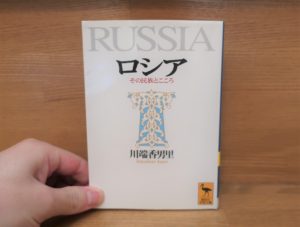
前の記事はこちら
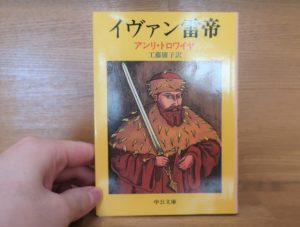
関連記事
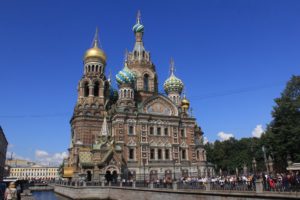
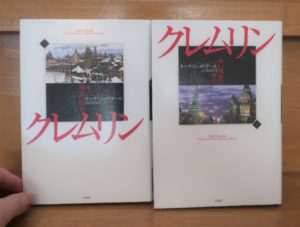
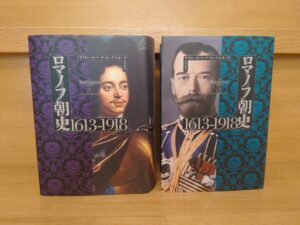
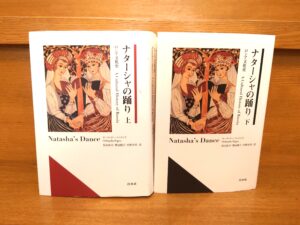

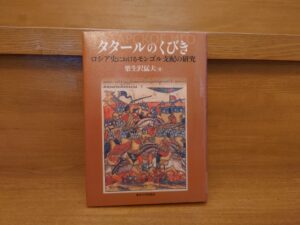
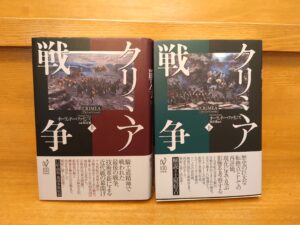
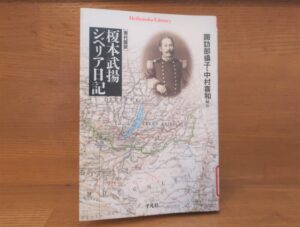
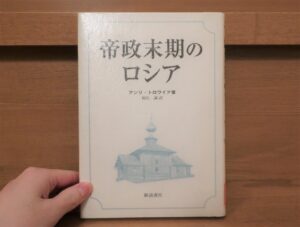
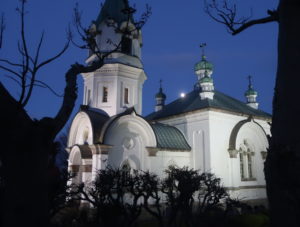
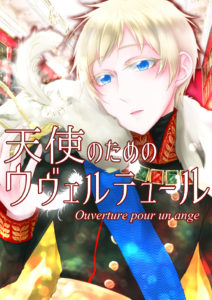
コメント